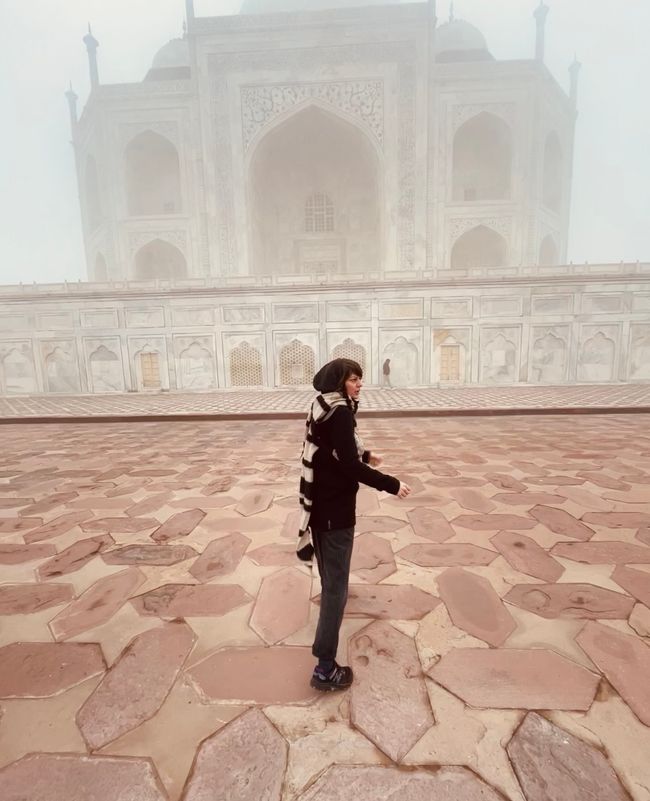
rosa.fuxenburg_expeditionen
vakantio.de/rosafuxenburg_expeditionen
If • Delhi
Ishicilelwe: 17.01.2024
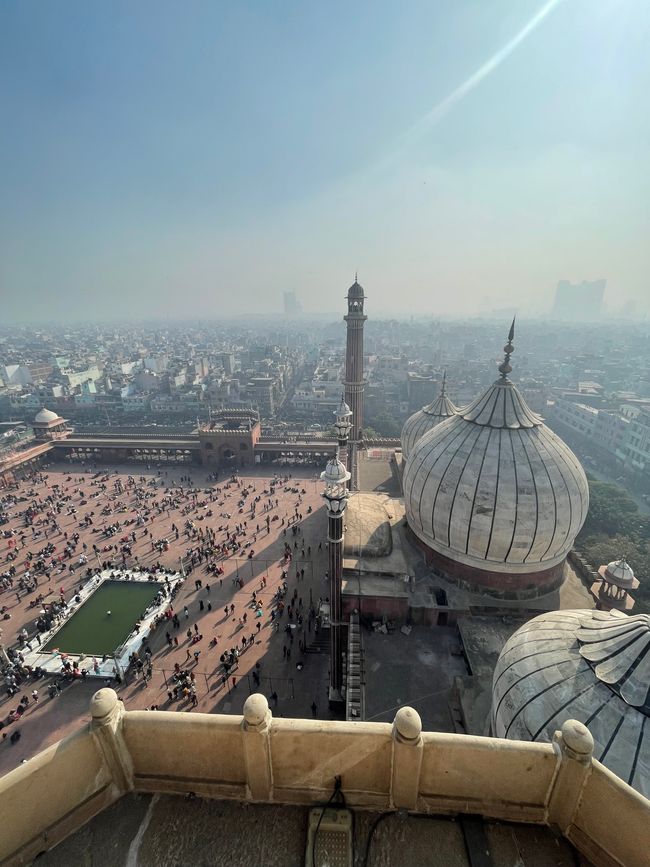
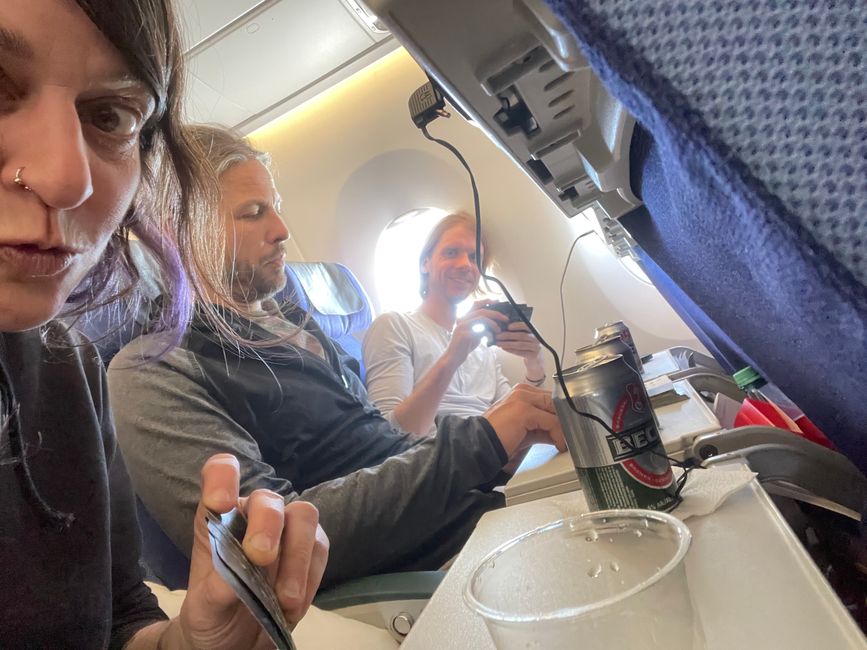
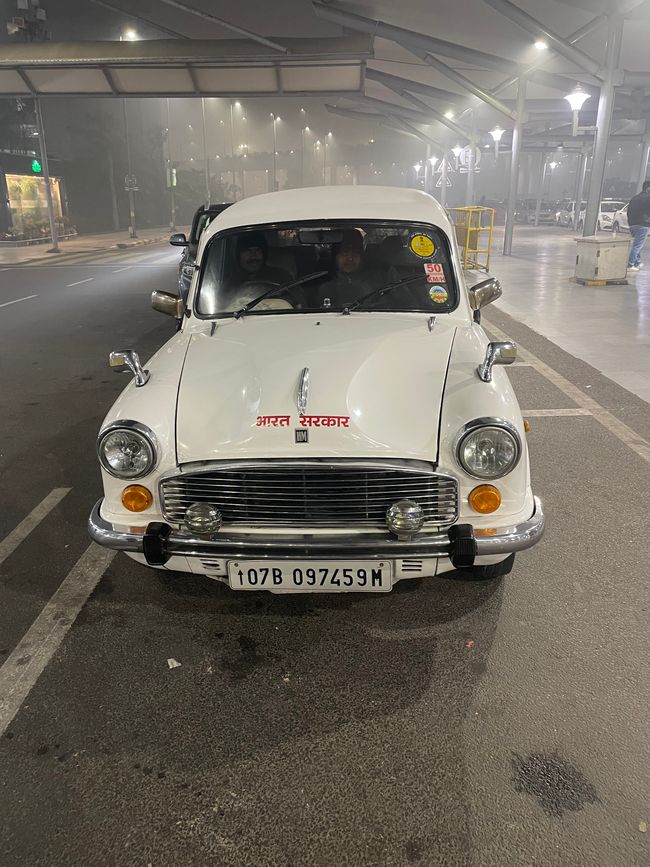
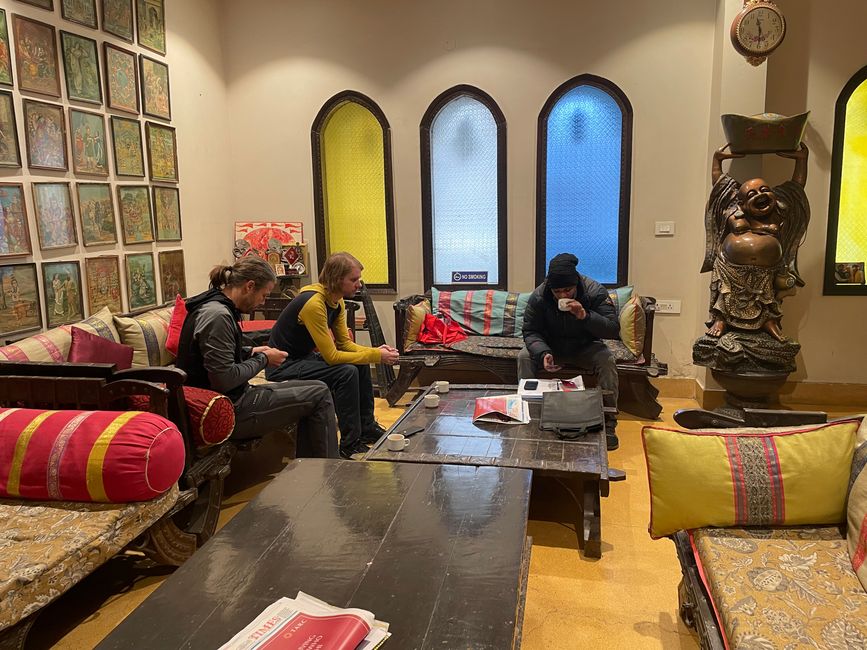
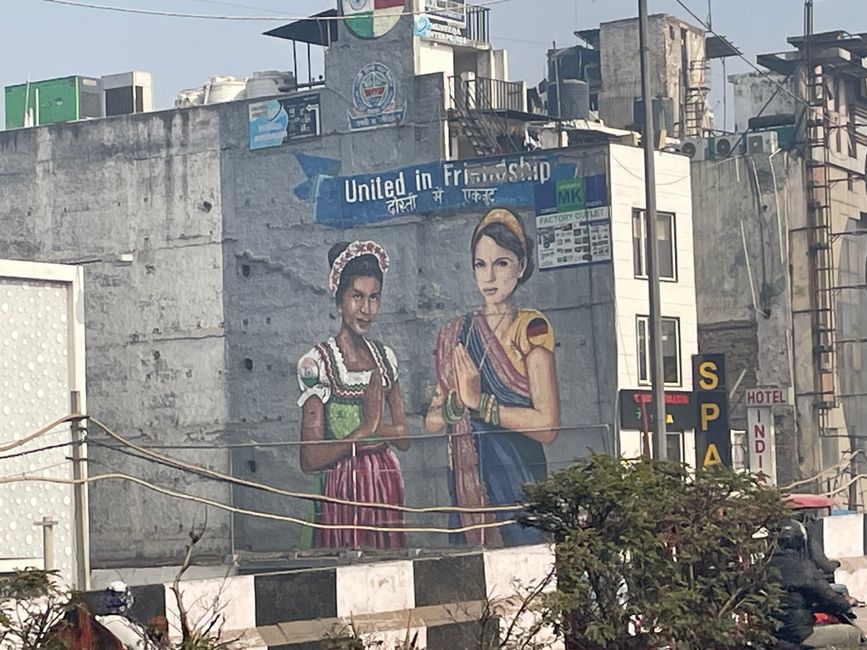
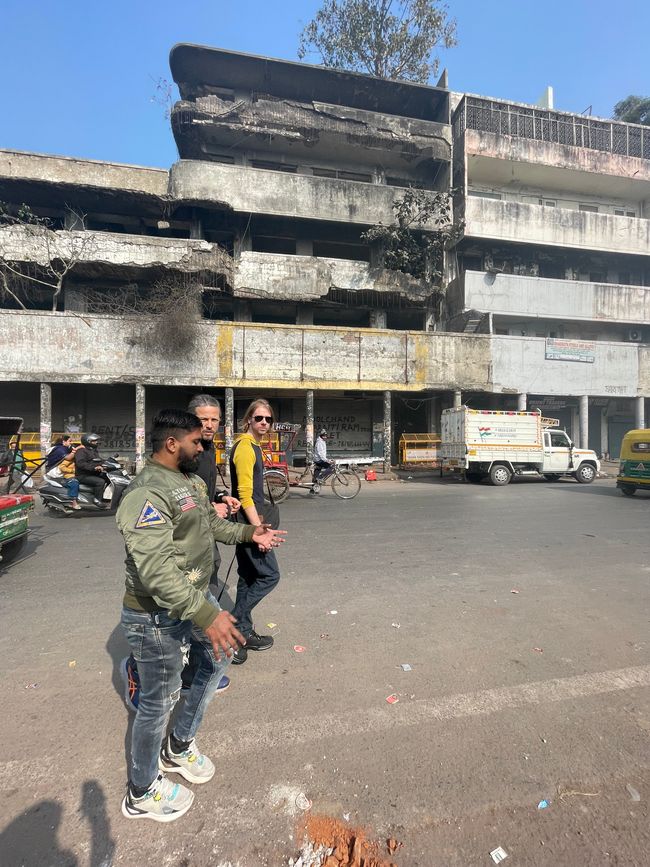
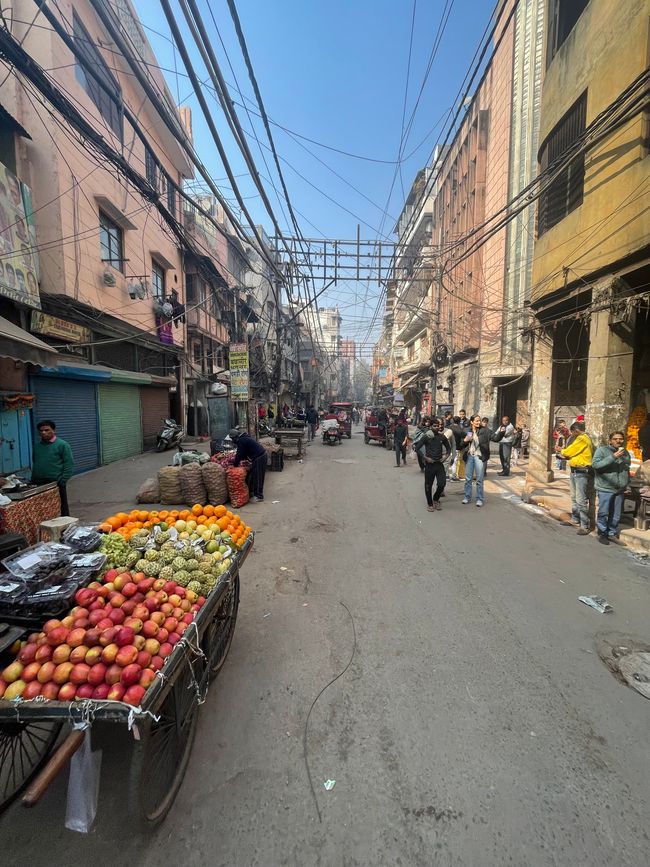

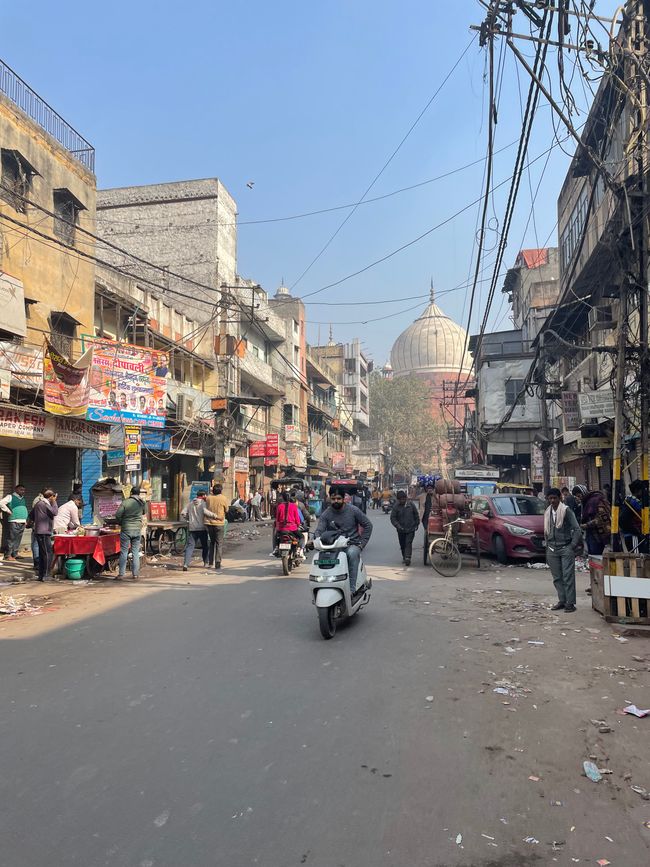
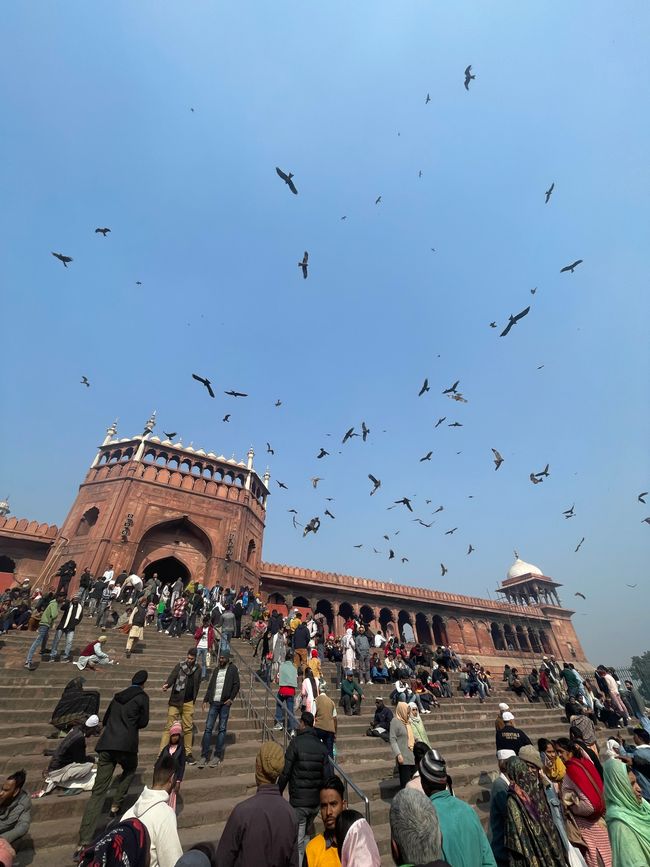
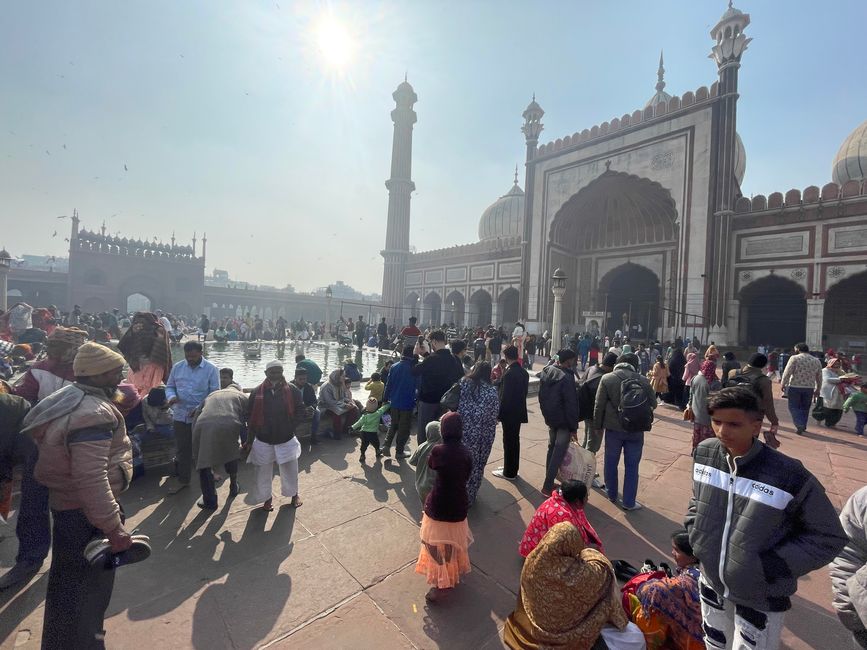
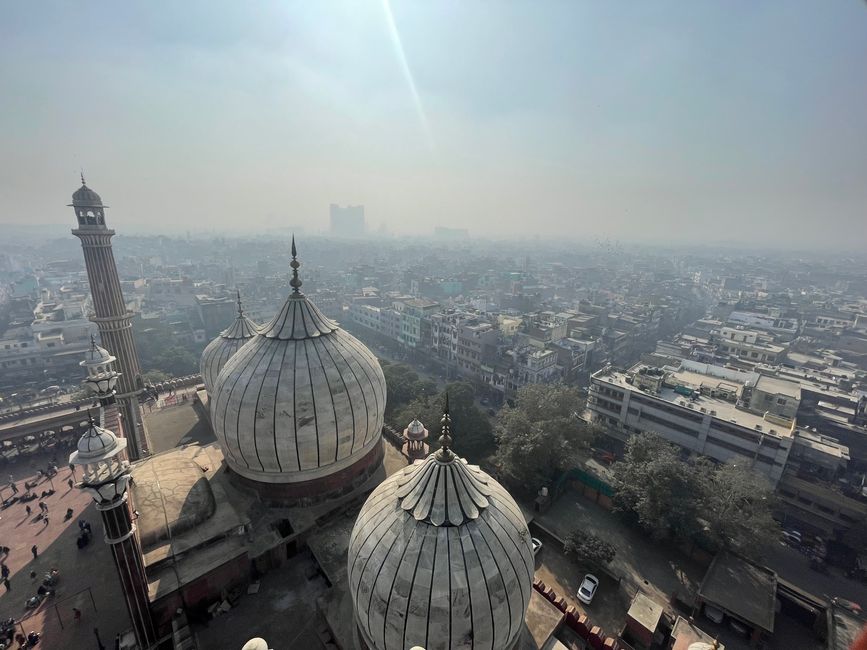
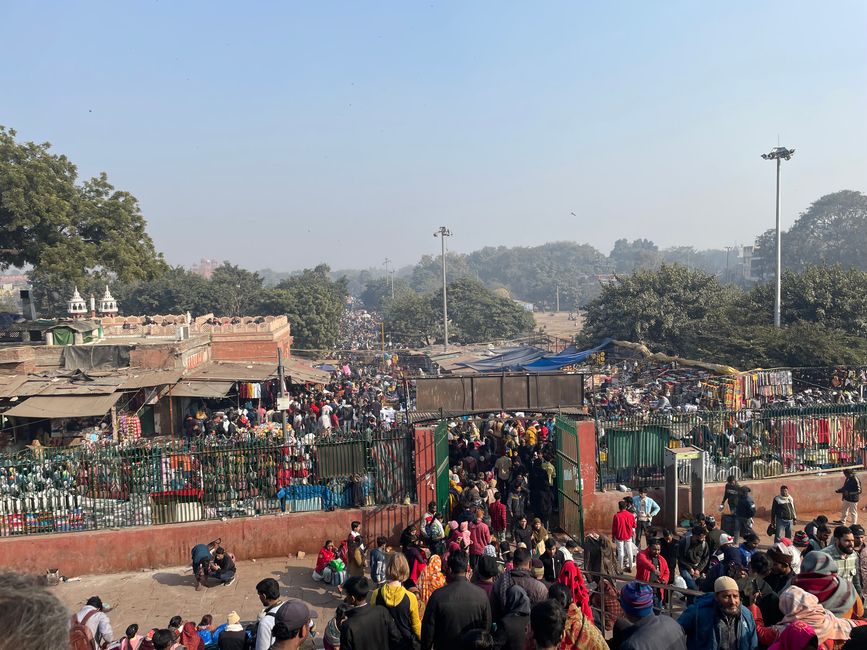
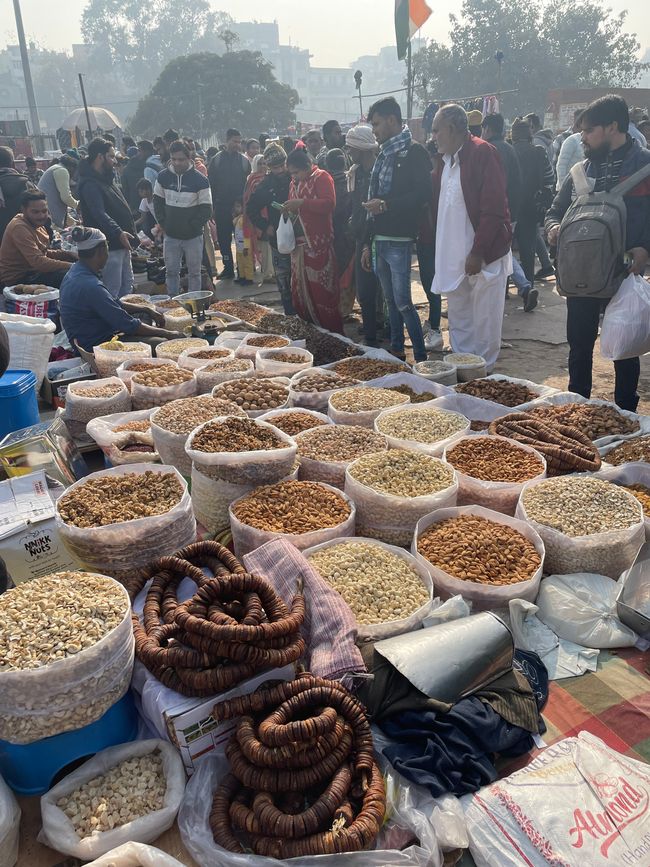
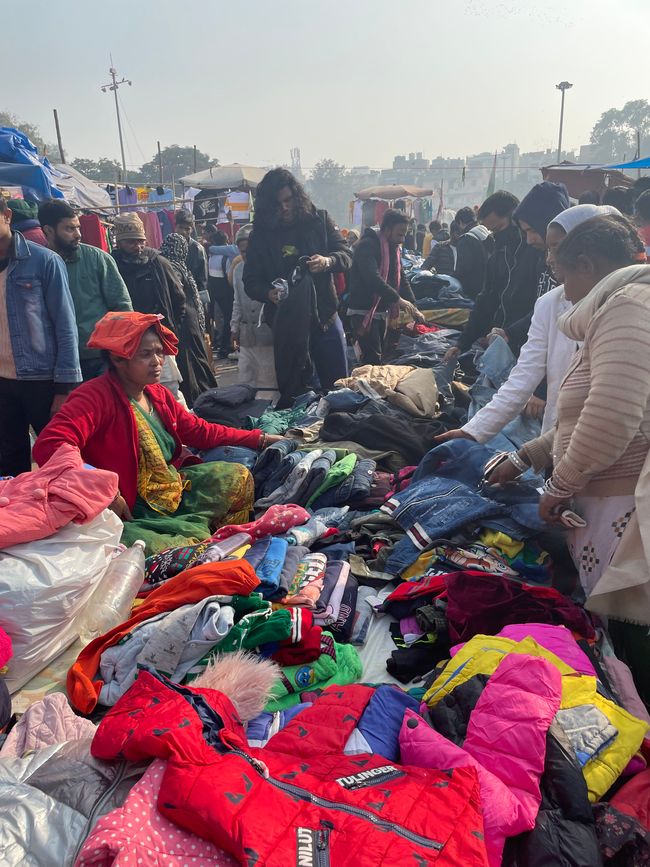
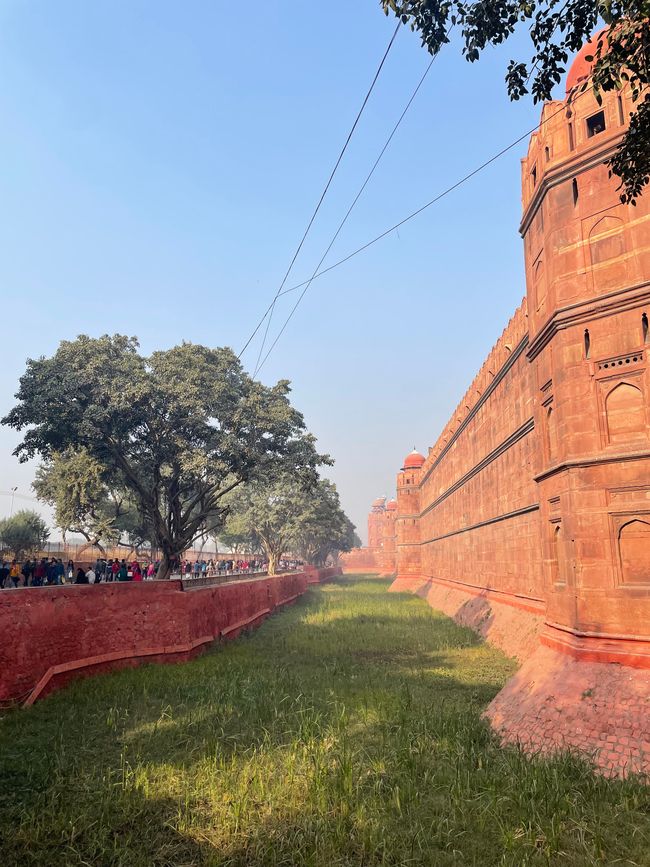

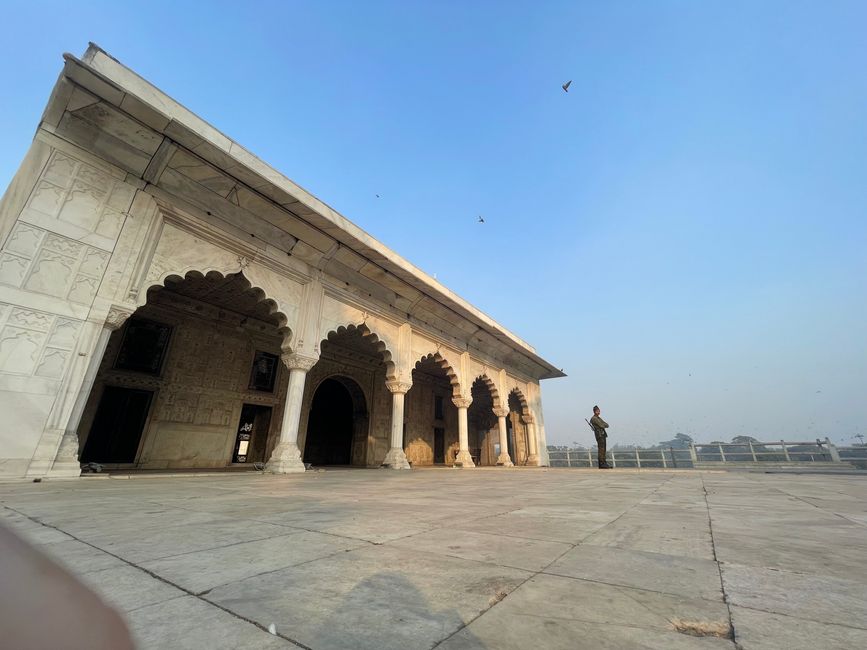
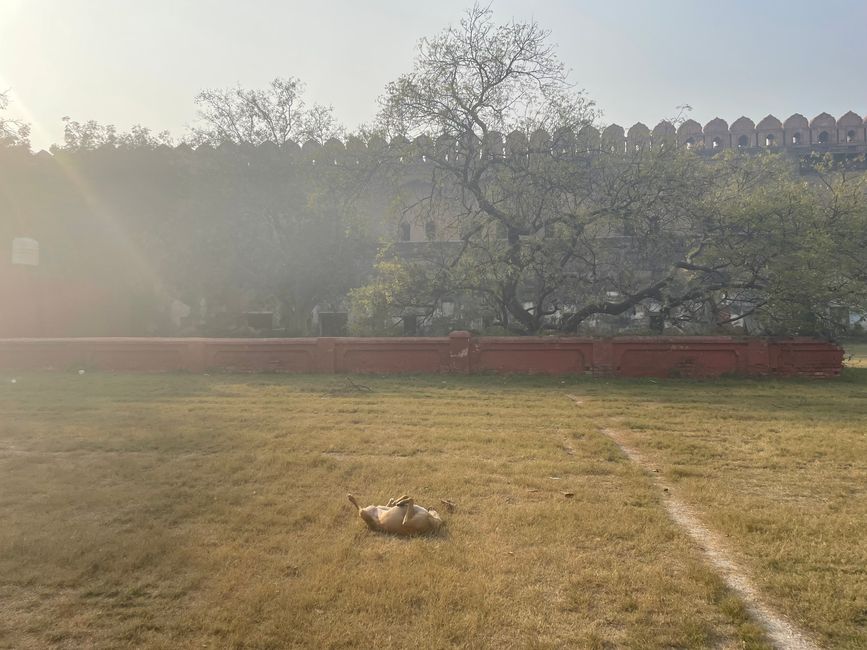
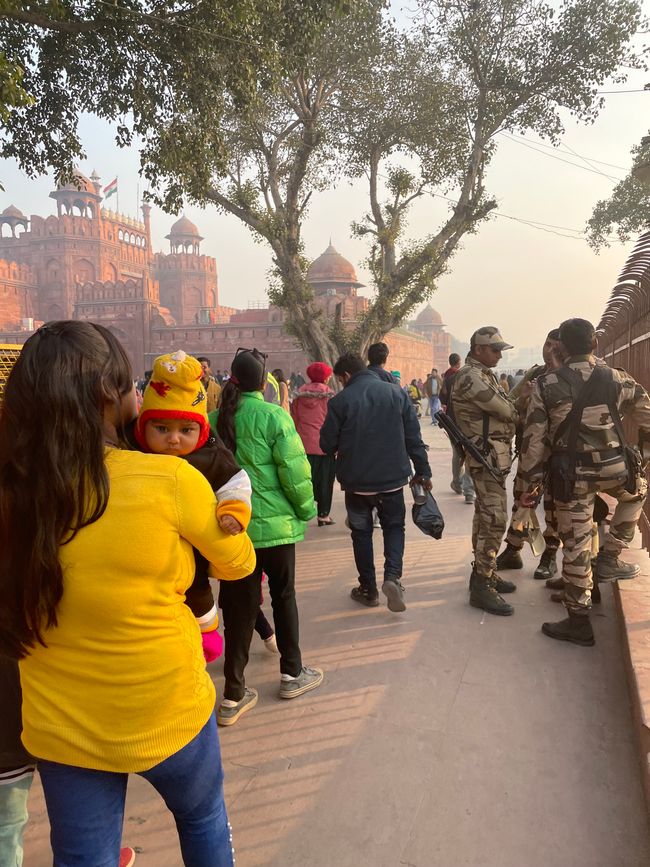
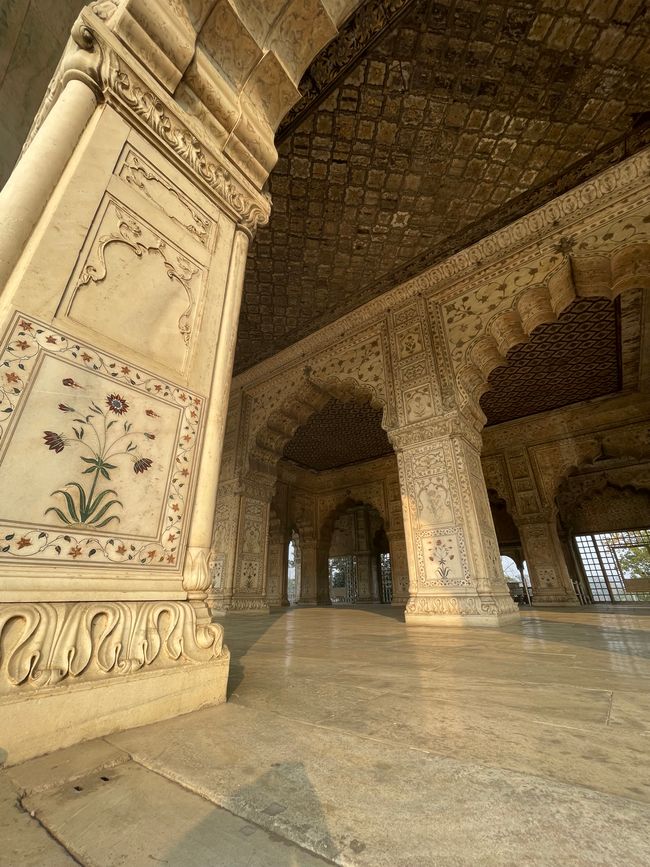
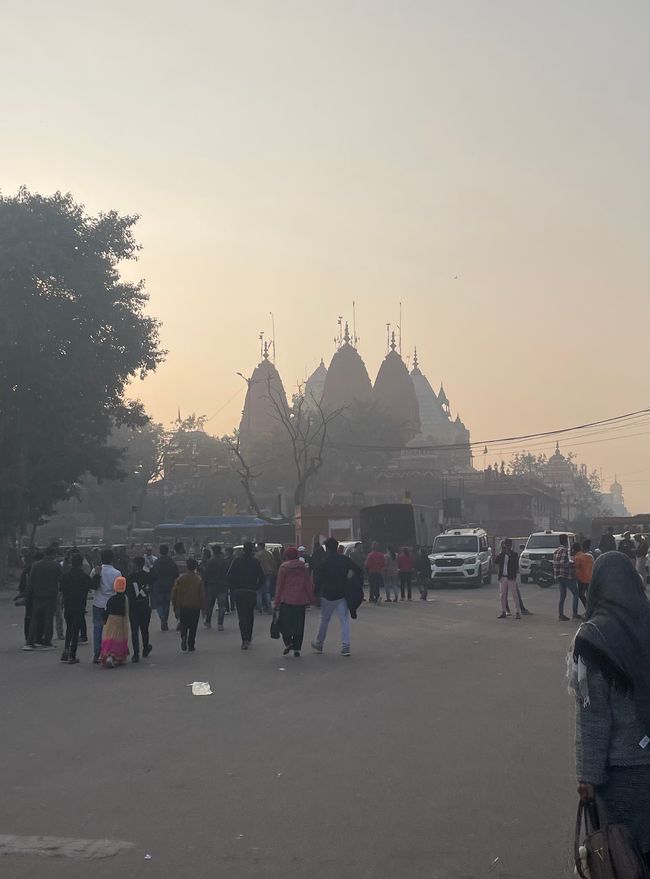
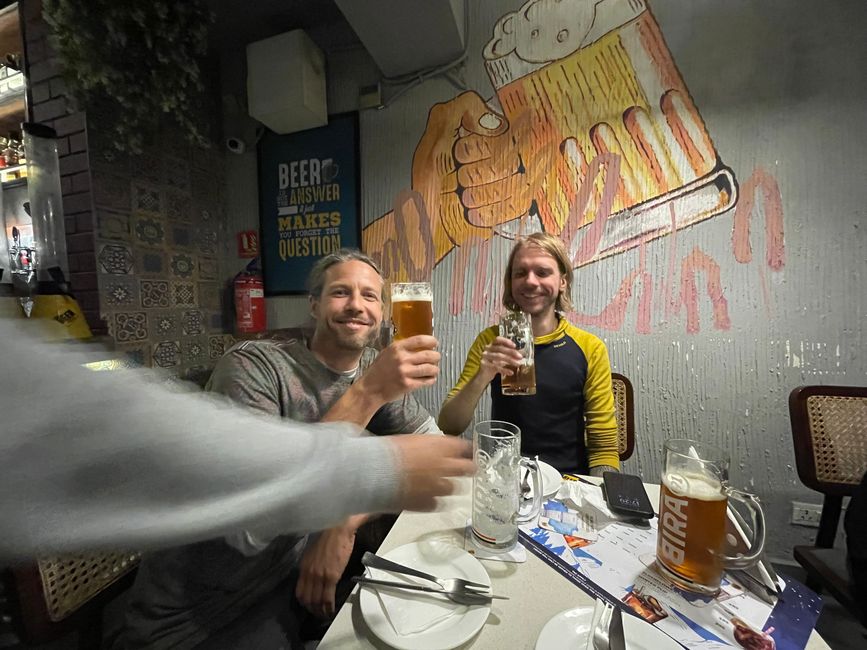
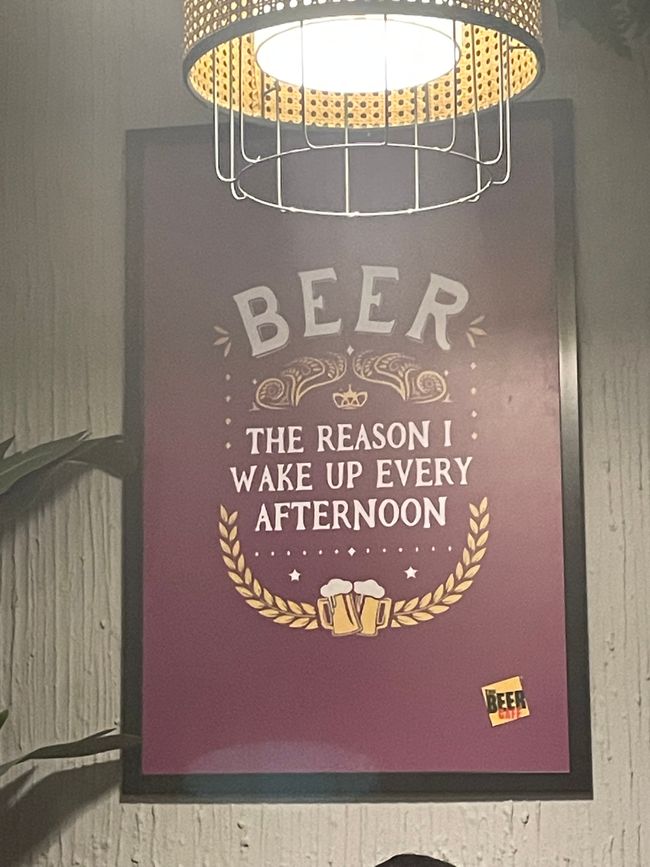
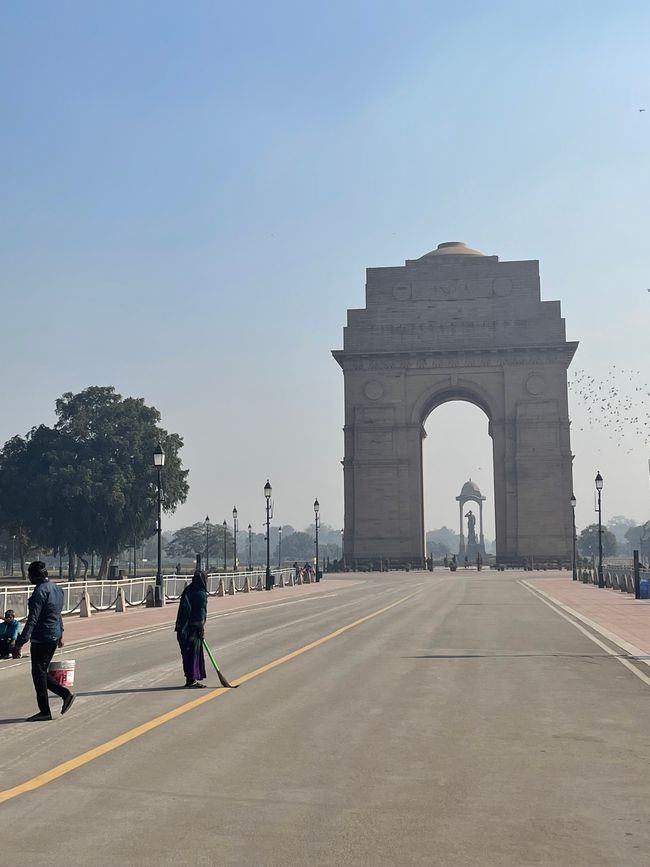
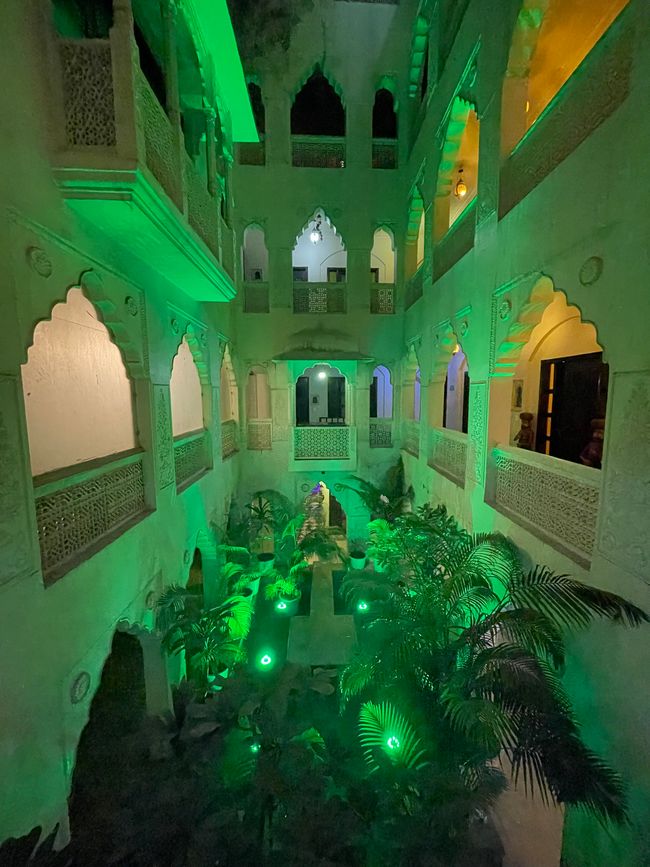
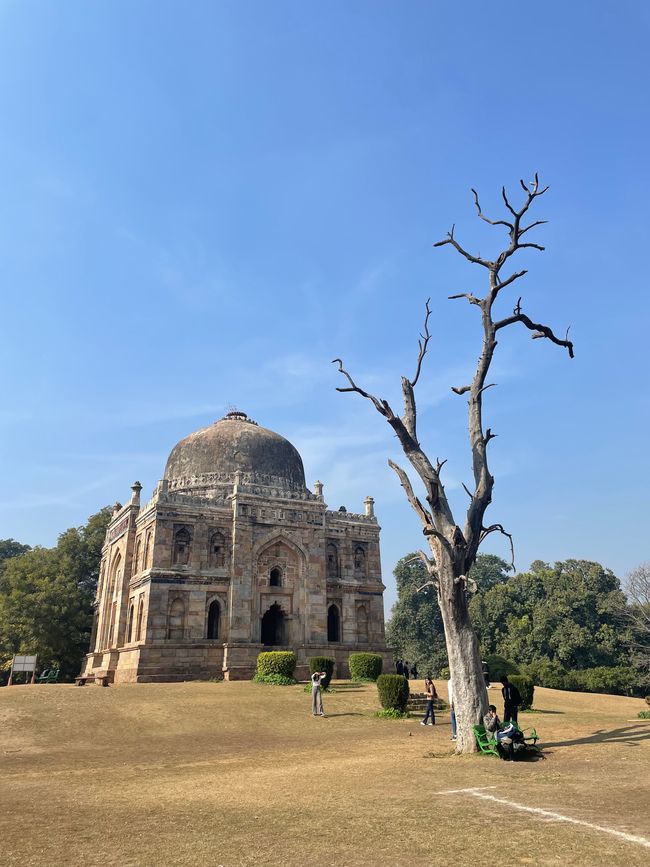
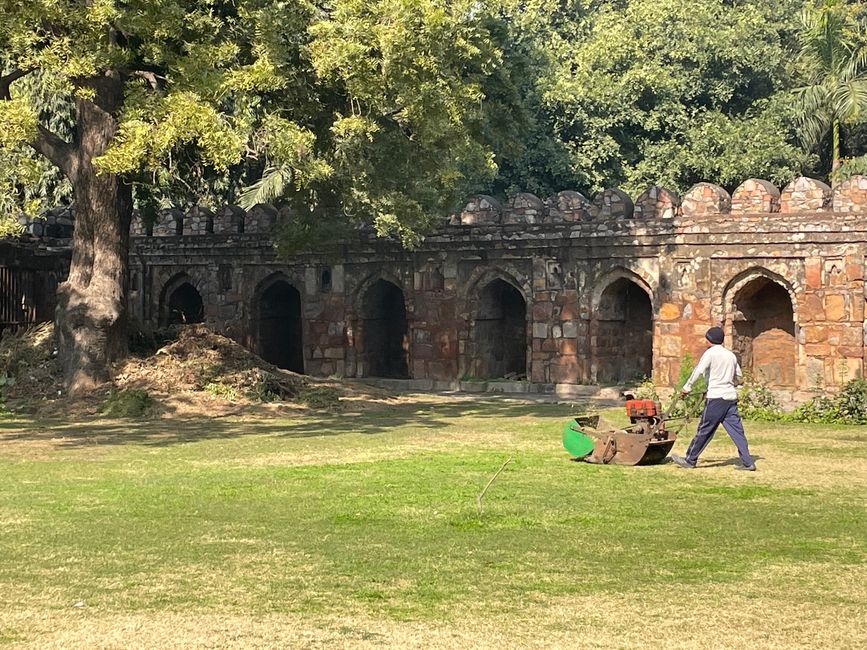
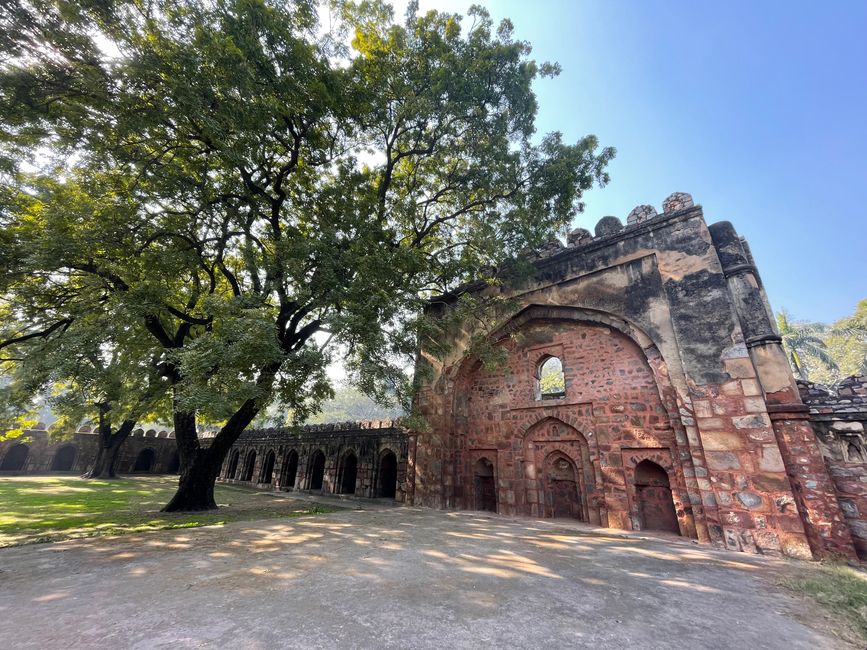
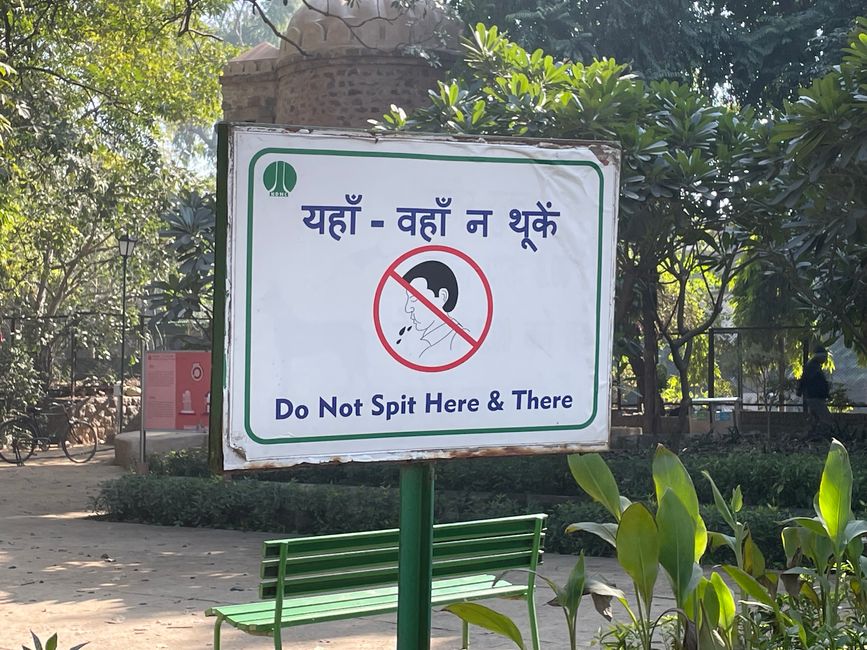
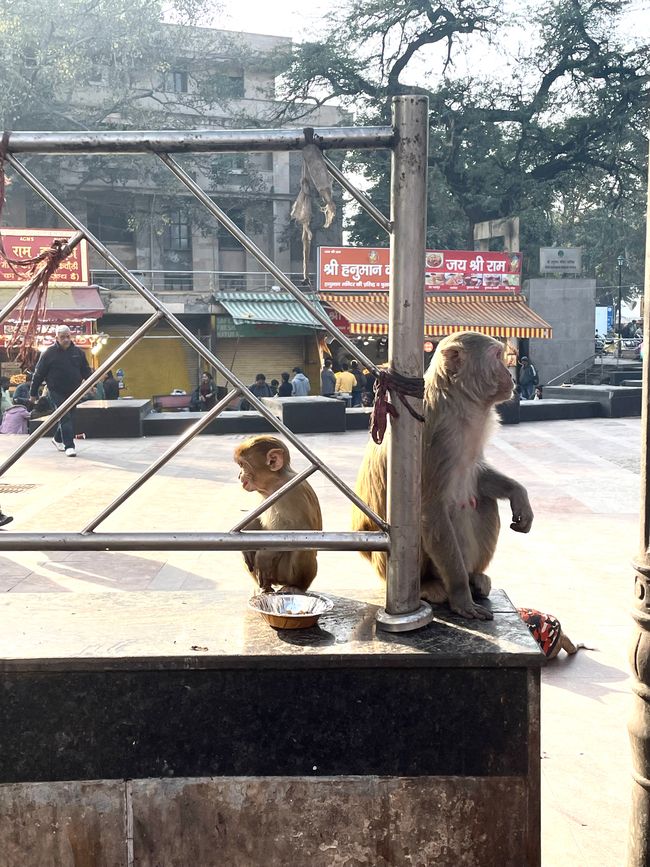
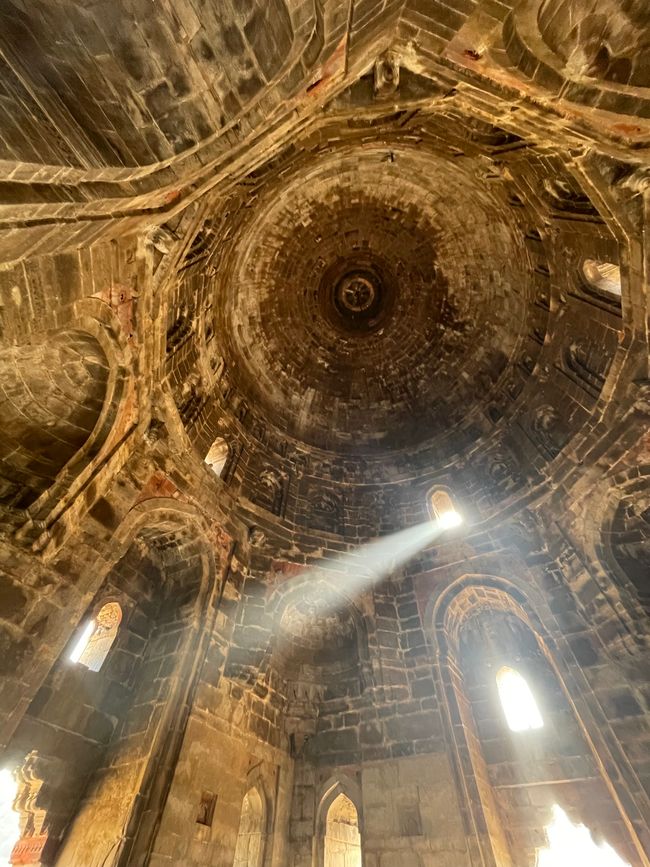
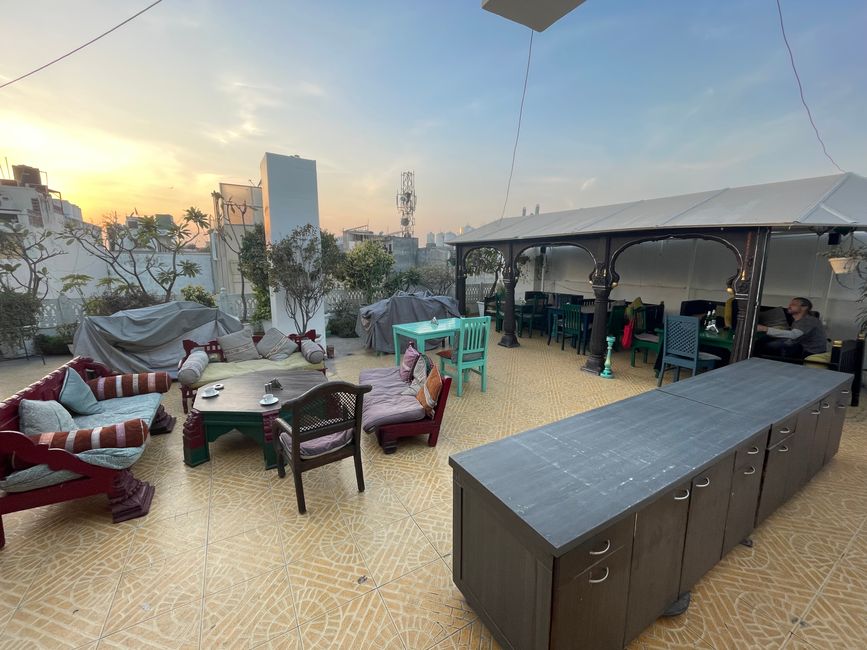

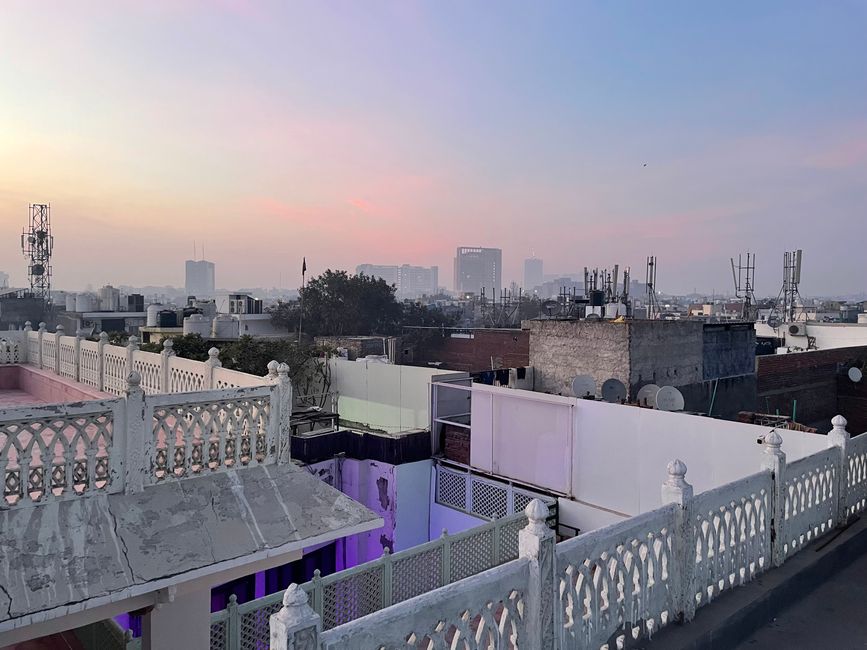
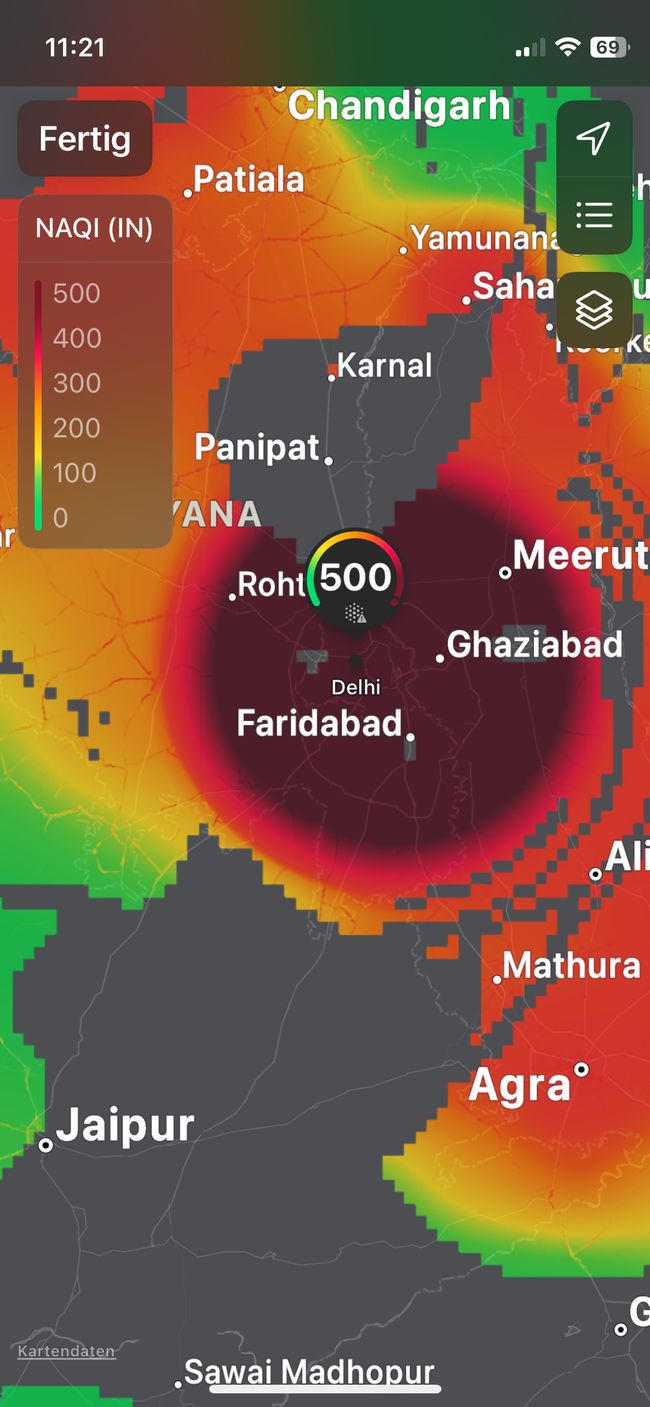
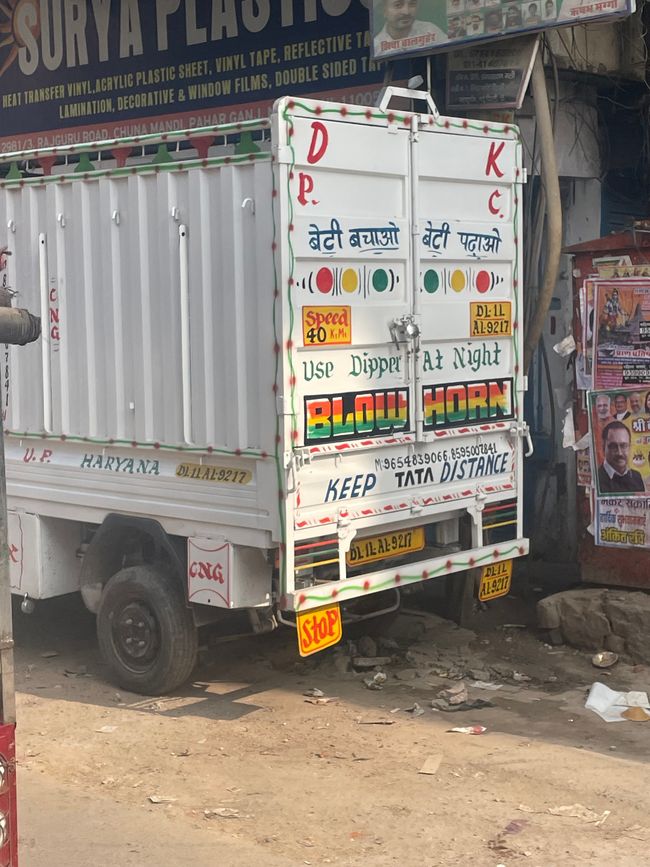
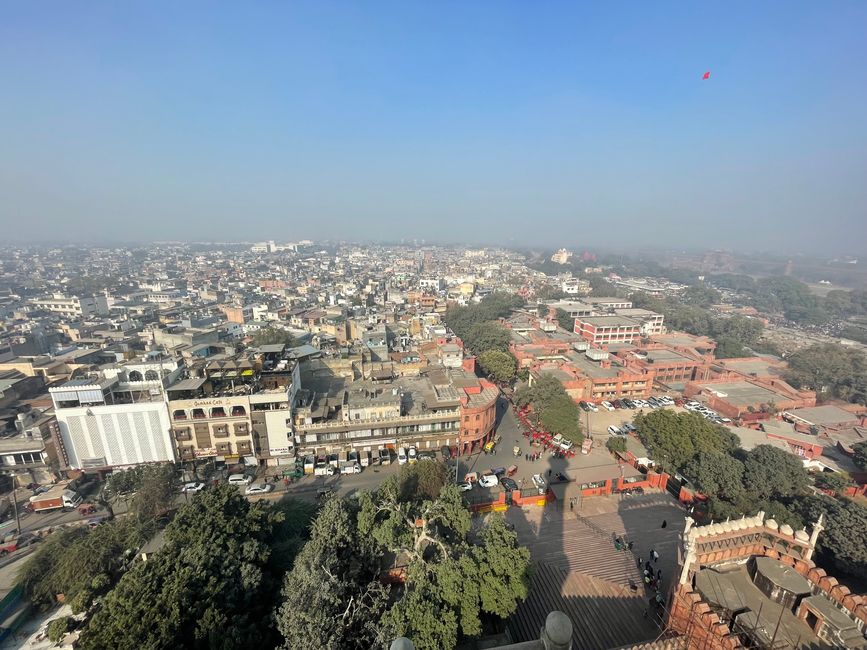
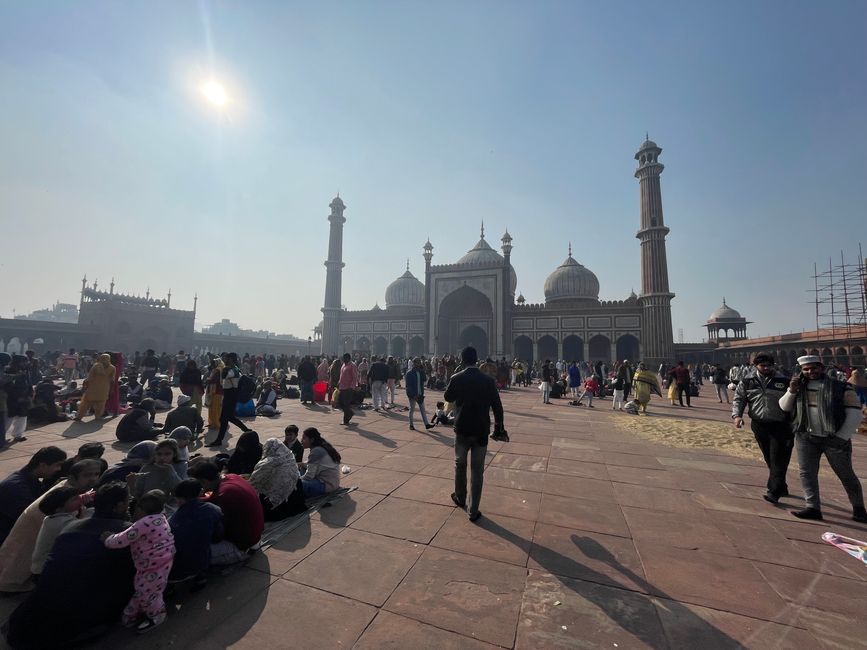
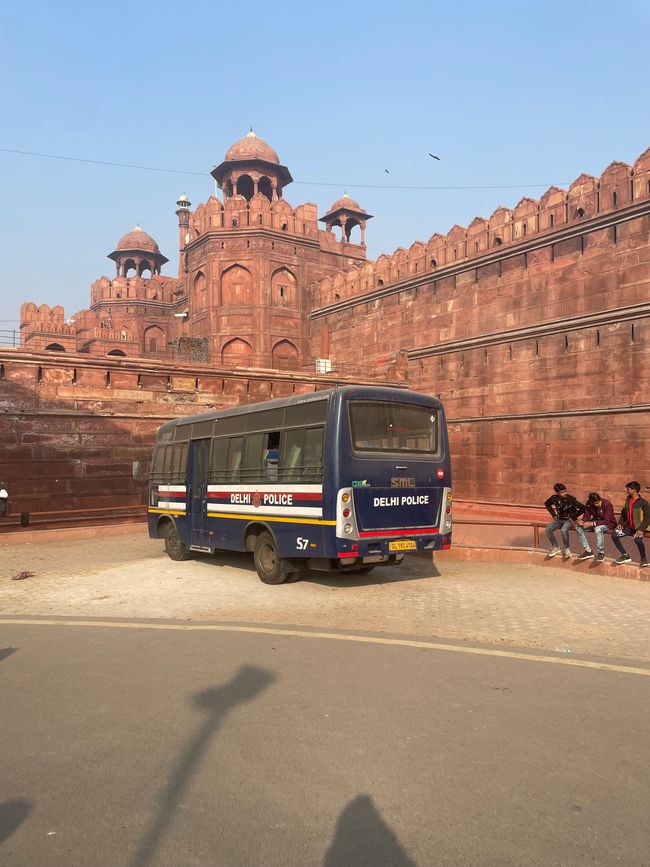
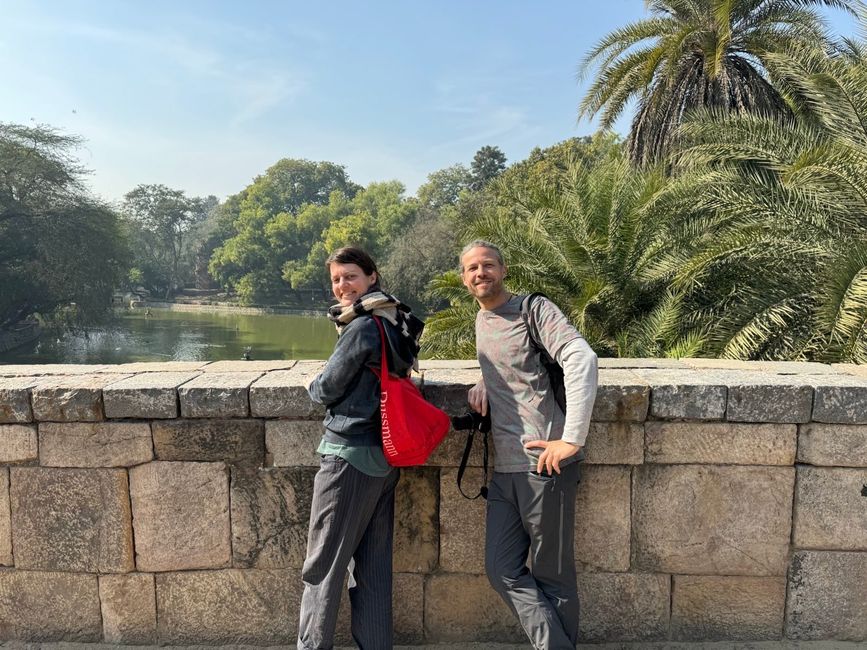
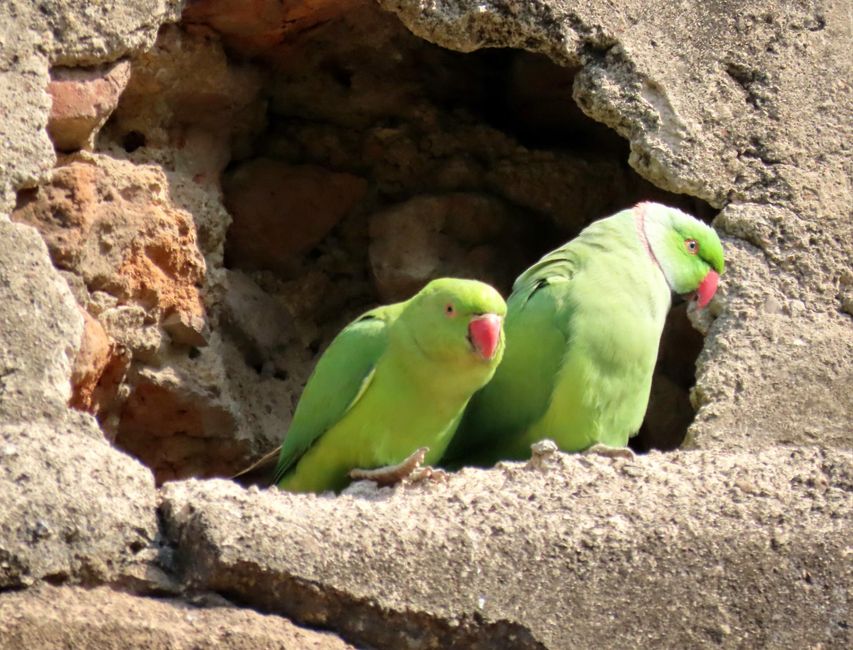
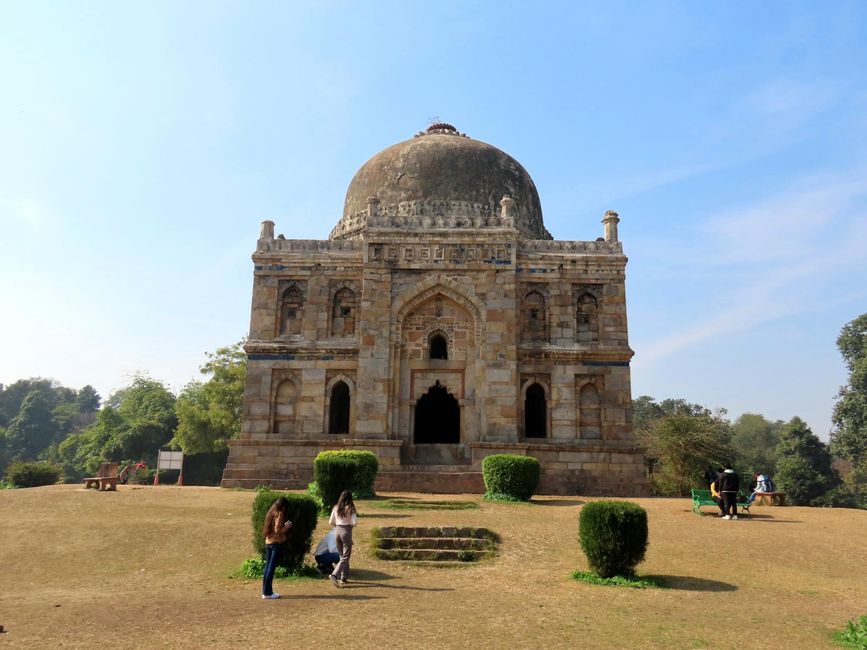
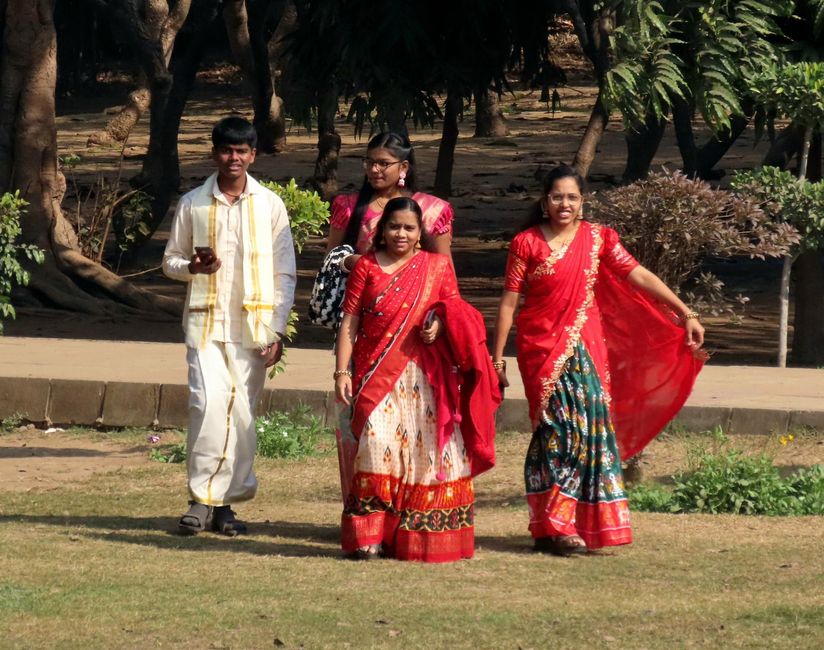
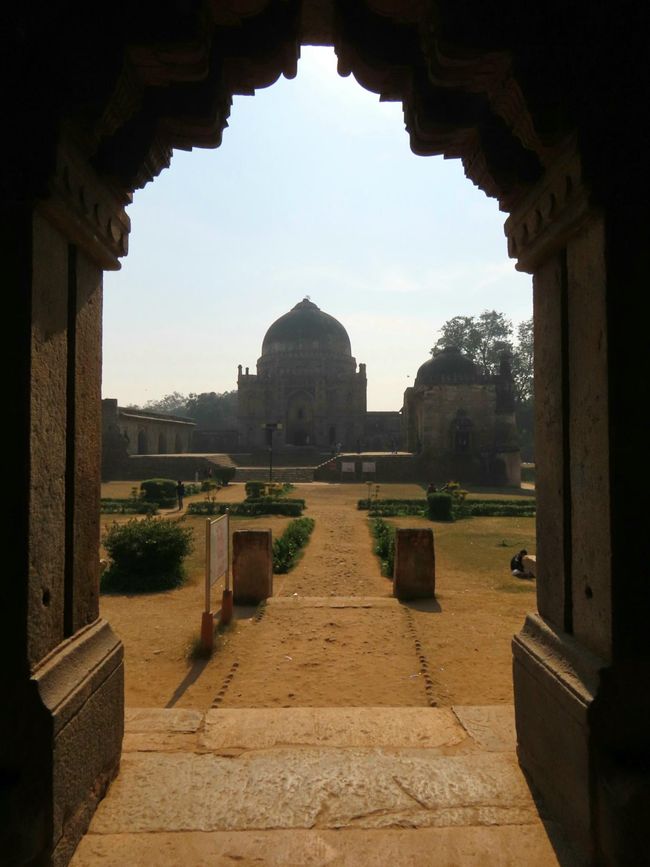
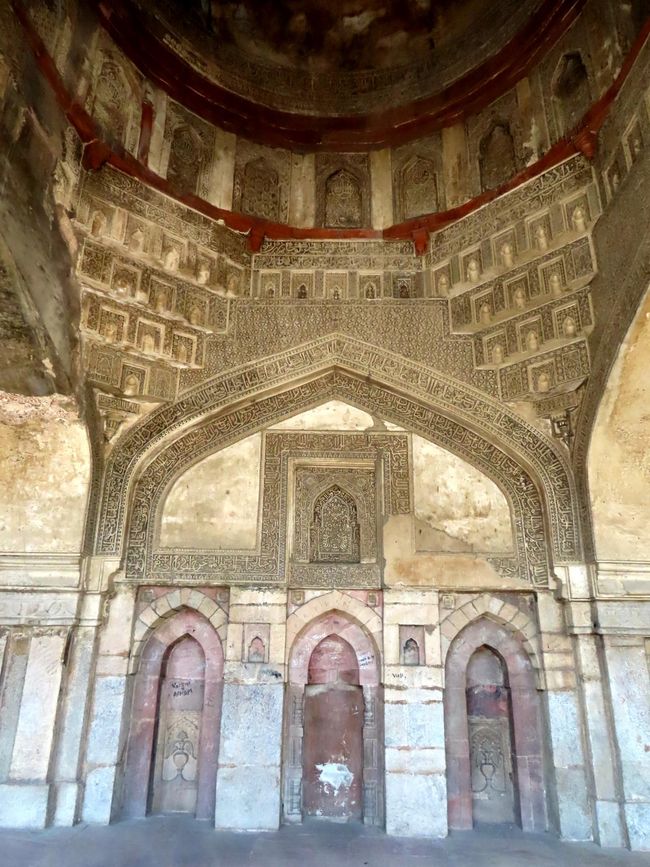
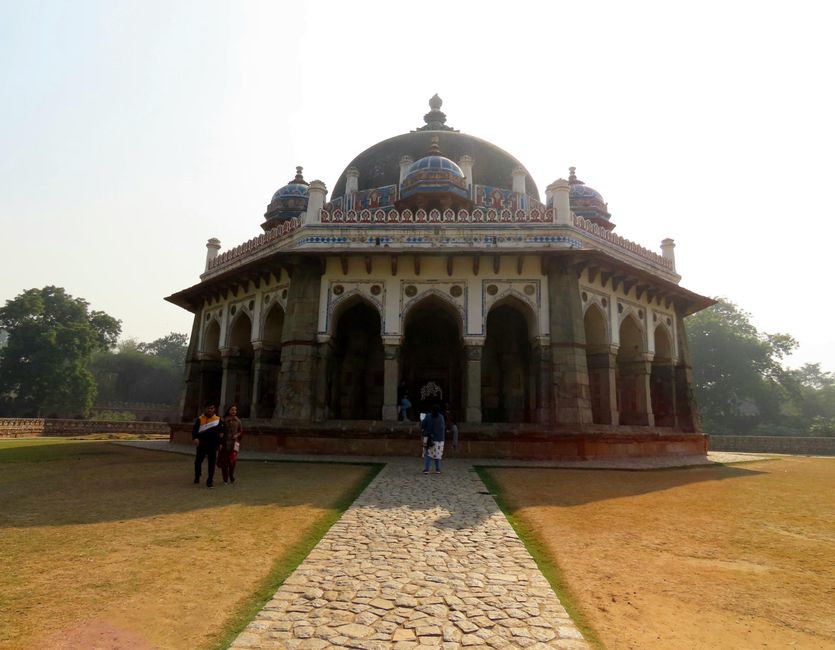
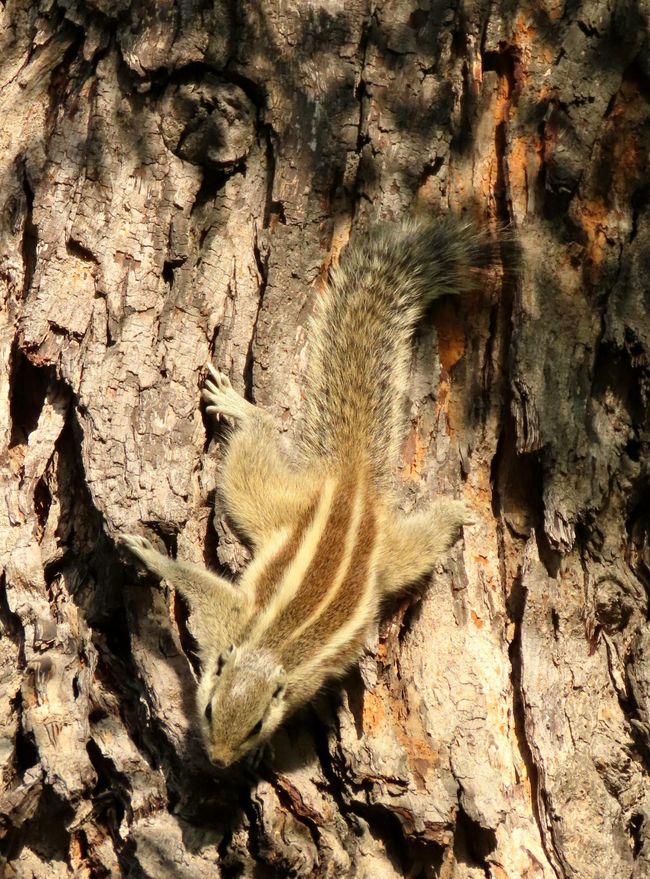
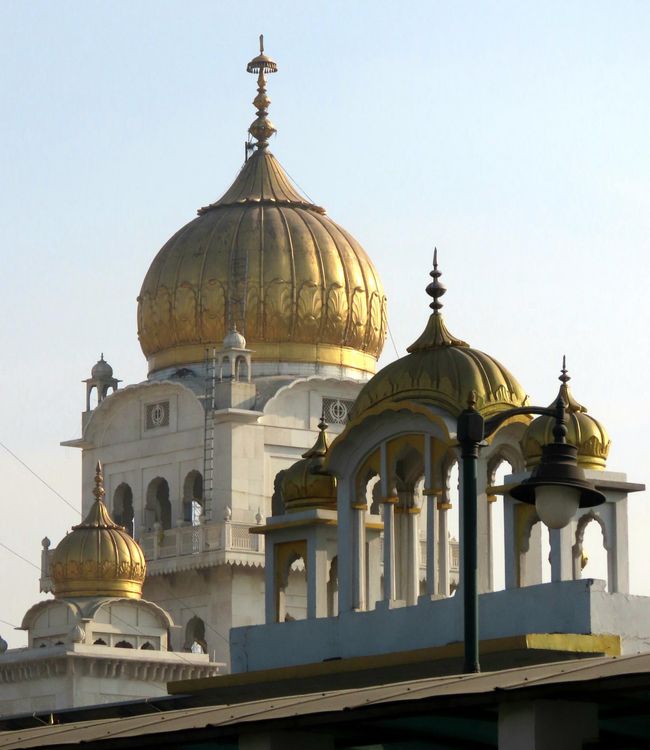
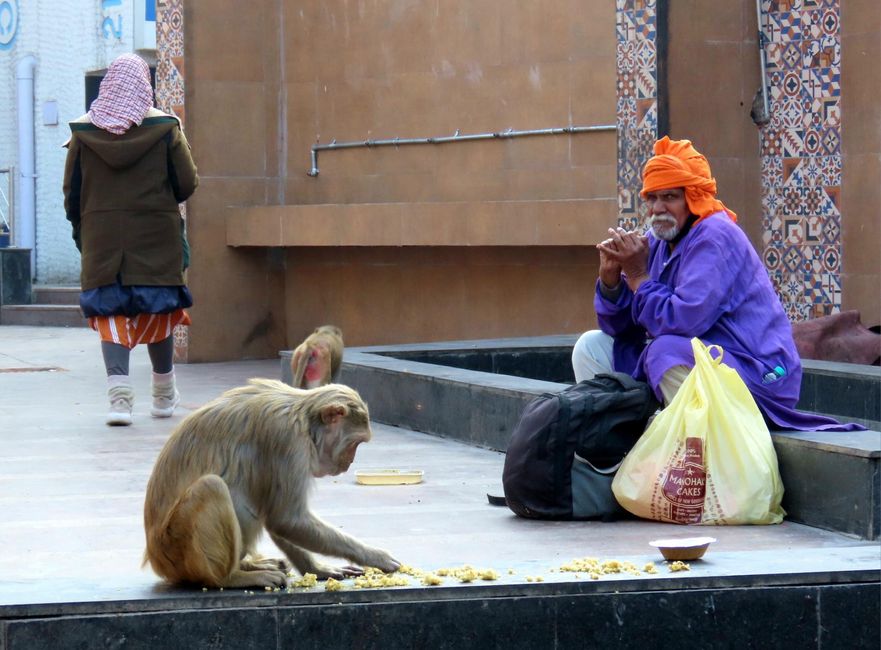
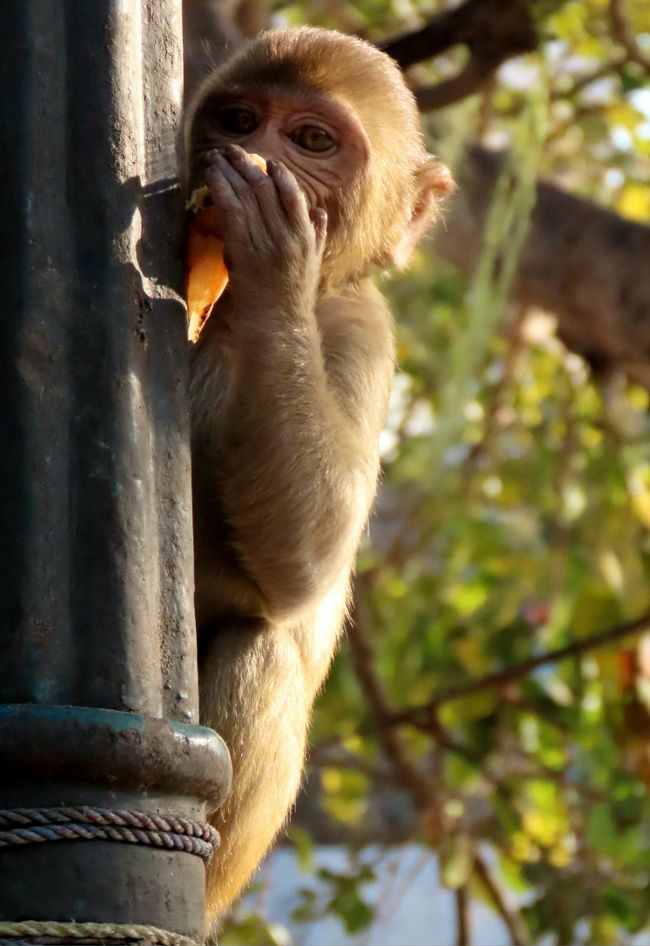
Bhalisela i-Newsletter
Dear everyone!
There are expeditions again. They existed before, but I lacked the motivation and time to digitize them.
Unfortunately, my SLR camera has taken a forced break for technical reasons and my loyal companion Mahin, who has been traveling with me for the last 12.5 years, has gone on an unknown journey - RIP greatest dog in the world.
The two things mean that I can now travel even more easily with luggage, since I'm missing 2kg of camera and accessories and because Mahin is no longer on earth, I have no responsibility other than myself and I can dare to travel long distances again without him having to accommodate in Berlin or Freiburg.
If you are curious about our previous experiences, the 2018-2020 expedition blog can be accessed at www.vakantio.de/lomv.
I therefore spontaneously decided to go on a 4-week expedition to India with my two dear friends Chrishn and Janis. Together we will explore Delhi, Agra with the Taj Mahal, Ranthambore National Park, Jaipur, Jodhpur, Jaisalmer, Vagator in Goa and Mumbai.
Now to our first leg of the journey: Delhi! I've never experienced such a blatant city - but now let's get to the hard facts: Delhi is growing incredibly quickly, so that the large cities around Delhi have now merged with Delhi according to the satellite image, resulting in 25 million people.
Delhi is the second largest city on planet Earth after Tokyo. India recently replaced China in terms of population and is therefore the country with the most inhabitants on earth - almost 1.5 billion people live on this subcontinent and the number is rising rapidly. The official language is Hindi and English and air pollution is extremely high at 500 micrograms. In Germany the limit is 50 micrograms - Stuttgart, for example, exceeded this yesterday with 66 micrograms. At the airport in Delhi, the smog could be seen in the building.
We had 2 days in the city and I was super overstimulated. People are sociable and curious. The male-reading people are clearly in the majority and they can be found in everyday and public life. By this I mean that as tourists we have only come into contact with men so far. Women seem to take care of the children, working in the fields etc. We saw them during roadworks. There are also differences between city and country. The extremes between rich and poor are clearly visible in the city and it is difficult to see the begging children and families who have to live on the streets.
Tuktuks, cars and buses constantly honk their horns in the city, so it is an unbelievable organized chaos on the streets. Every single horn regulates traffic. There should probably be horn requests of different lengths and intervals that make it clear to other road users what each individual is planning to do - it works. Difficult to understand for the ordered Central European understanding. Also striking, at least in relation to Berlin: no one complains, no one shouts, no swear words, everyone likes to “take a back seat” in traffic and gives others priority.
The macaque monkey species is firmly integrated into the cityscape of New Delhi, as they have been pushed out of newly developed areas that were previously forests. Since many animal species are sacred in India, some of them are captured and released again in the surrounding area. There are also street dogs, but they are well fed and not mistreated, as in parts of southern and eastern Europe. Many animals represent Indian deities. We heard a story that a police officer accidentally killed a cow (also sacred) and was then beaten down by the villagers.
Pictures of Janis and me.
Bhalisela i-Newsletter
Phendula
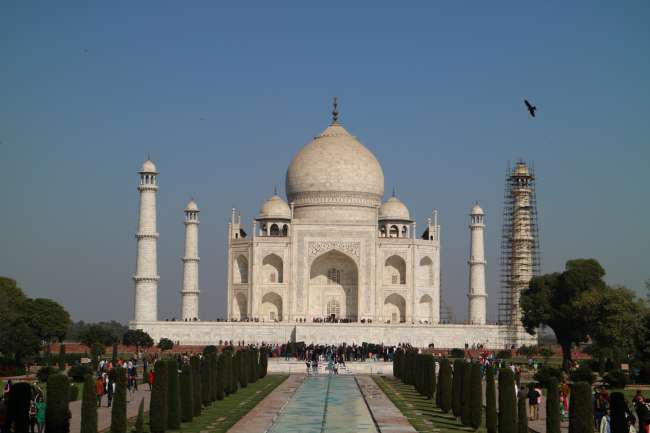
Imibiko yokuvakasha I-India
